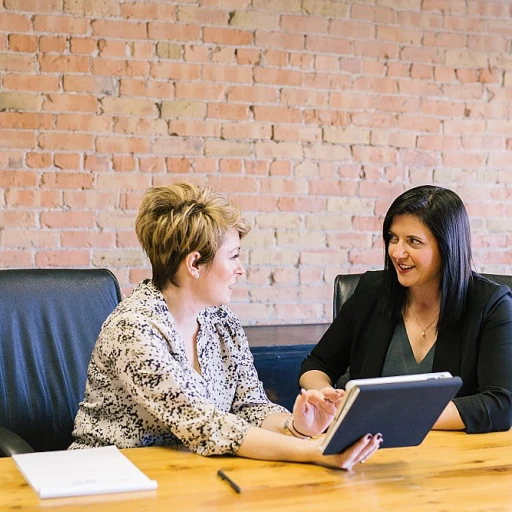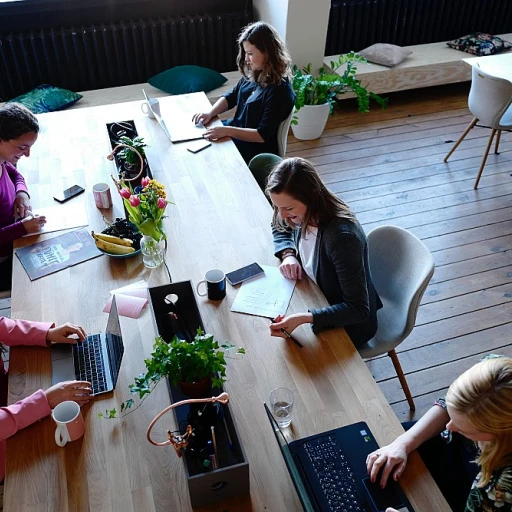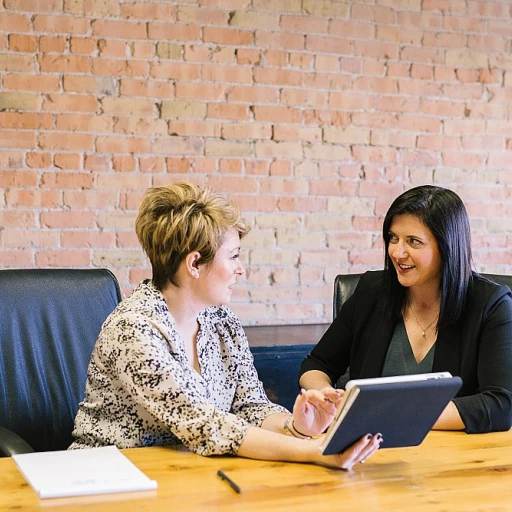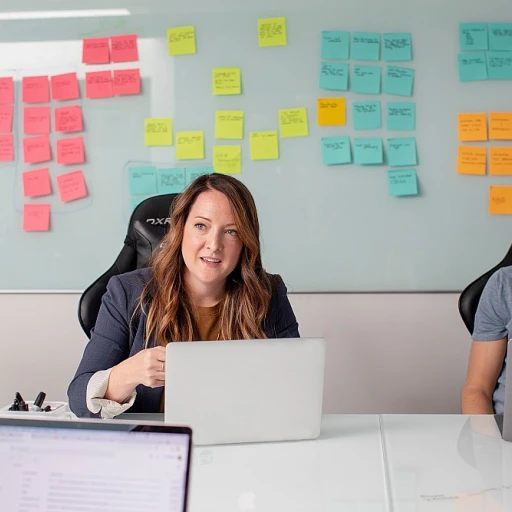
Understanding the Role of Training Tables in Indian Companies
Training Tables: A Cornerstone for Indian Business Efficiency
In the fast-paced world of Indian business, office managers are tasked with the challenge of creating dynamic work environments that enhance learning and productivity. The role of training tables is integral to this goal, providing a versatile and efficient solution for diverse training needs. Training tables, renowned for their adaptability, are pivotal in transforming regular spaces into thriving learning environments. These products are not just pieces of furniture but essential tools that support the strategic goals of a company. When selecting tables for a training room, managers prioritize flexibility and space optimization. The designs often feature elements such as flip tops and nesting capabilities, which allow for easy storage and quick reconfiguration of the room. These configurations help optimize space, whether it's a large conference room or a compact office setting. The materials used in these tables also contribute significantly to their effectiveness, with options ranging from wood veneer to durable high-quality laminates. The multi-purpose nature of training tables ensures they cater to various business activities. From a cafe table setup for informal meetings to purpose tables designed for intense learning sessions, their adaptability cannot be overstated. The integration of efficient storage solutions within the design of these tables also ensures that keeping a clutter-free environment is possible, thus making the learning environment more conducive. For office managers, understanding these aspects is just the beginning. Successful integration of these tables goes beyond mere selection—it involves understanding their inherent capabilities and aligning them with the company's broader objectives. This strategic approach not only enhances workplace efficiency but also provides a scalable solution fit for both current and evolving business demands. To explore a deeper strategy in adopting such solutions, managers might consider reading up on cultivating leadership in office management for a broader understanding of managerial strategies in the Indian context. Cultivating Leadership in Office Management: A Strategic Blueprint for Indian ManagersKey Features of Effective Training Tables
Essential Elements of Modern Training Tables
In today's dynamic business environment, creating effective learning spaces is crucial to fostering productivity and innovation. Modern training tables play a pivotal role in supporting versatile training room setups that accommodate various teaching styles and group activities. The key features of effective training tables encompass several factors:- Design Flexibility: Multi-purpose and dynamic work environments benefit from tables that can quickly transition from classroom setups to collaborative workspaces. Flip tops and nesting capabilities allow tables to be rearranged and stored easily, maximizing space and promoting fluid adaptability.
- Material Quality: High-quality materials such as wood veneer contribute to both the aesthetic appeal and durability of conference tables. Selecting appropriate materials ensures longevity and adds a professional touch to training rooms.
- Practicality and Functionality: Features like base stability, adequate leg room, and easy storage options enhance the usability of training tables. Office desks equipped with built-in storage, inclusive of tables storage space, contribute to clutter-free workspaces. This is vital for office managers aiming to maintain an organized learning environment.
- Purpose-Driven Design: Each table should cater to its intended function, whether it's a café table for informal discussions or a purpose table for specialized training needs. This specificity enhances the overall effectiveness of the training setup.
Challenges Faced by Office Managers in Implementing Training Tables
Overcoming Barriers in Implementing Training Tables
Implementing effective training tables in Indian workplaces is not without its challenges. Office managers often face a variety of obstacles when attempting to select and integrate the appropriate tables that align with business needs. One key challenge is space management. Training rooms and office spaces in urban areas are often limited, making the choice of multi-purpose furniture imperative. Training tables with flip top and nesting capabilities allow for easy storage and can be quickly reconfigured to accommodate a dynamic work environment. Another hurdle is choosing the right materials that balance aesthetics and durability. Wood veneer finish on tables provides a professional appearance suitable for conference rooms and office desks, but they must also withstand daily use. High-quality products ensure longevity, reducing long-term costs. Budget constraints also play a major role. Office managers must weigh the initial investment against the potential for increased efficiency and productivity. Opting for quick ship options can sometimes reduce costs and lead times, allowing for timely integration into the office environment. Lastly, the adaptability of tables for multiple purposes is crucial. Top and base selections need to support a range of activities, from formal training to casual cafe table setups. This flexibility can transform learning environments and meet various business requirements. Successfully tackling these challenges can significantly enhance workplace efficiency, paving the way for improving workspace dynamics.Strategies for Successful Integration of Training Tables
Strategies to Seamlessly Incorporate Training Tables into Indian Workspaces
Integrating training tables into the daily operations of Indian offices can significantly boost workplace efficiency and productivity. However, the challenge lies in the smooth and effective execution of this integration process. Here are some actionable strategies to consider:- Assessing and Selecting the Right Tables: Conduct a thorough assessment of your specific business needs to determine the kind of training tables that fit your workplace. Consider options like multi-purpose tables, flip top tables, or nesting tables based on your space and usage requirements. Opt for tables that offer easy storage solutions to maximize room space.
- Using High Quality Materials: Choose tables made from durable materials like wood veneer to ensure they withstand daily use and support dynamic work environments. This not only extends the table's lifecycle but also contributes to the aesthetic appeal of your training room or office.
- Optimizing Storage and Space: Implement training desks that offer ample storage space and can be easily stored when not in use, such as flip top or nesting tables. This method reduces clutter and makes room for other activities, ultimately enhancing the functionality of your workplace.
- Designing Versatile Learning Environments: The purpose of training tables is to enhance learning experiences. Therefore, arrange them in a manner that facilitates easy interaction and engagement among participants. Consider conference tables for larger groups and cafe tables for more informal settings.
- Ensuring Quick Ship and Easy Installation: For seamless implementation, select products that offer quick ship options and are easy to assemble. This reduces downtime and allows for immediate use after purchase, crucial for fast-paced business environments.
Case Studies: Success Stories from Indian Companies
Real-World Turnarounds: Indian Companies Setting New Standards
In the competitive landscape of Indian businesses, leveraging effective training tables can propel operational efficiency to new heights. Here are some success stories from Indian companies that have mastered the art of integrating these multi-purpose tables in their training rooms.
Case Study 1: Transforming Learning Environments
A leading tech company honed its training sessions by selecting top-of-the-line tables that offer both flip-top designs and easy nesting. This design allowed for dynamic work setups and efficient storage post-training. By utilizing tables with modular capabilities, they turned their traditional space into an adaptive, multi-purpose room, improving learning environments and boosting employee engagement.
Case Study 2: Maximizing Office Space
An educational institution faced challenges with limited space. By incorporating training tables with flexible legs and compact desk features, they maximized their available space. These multi-purpose tables also included quick ship options for convenience. The institution saw a remarkable improvement in the seating and participation of trainees.
Case Study 3: Enhancing Business Meetings
A fast-growing startup implemented wood veneer conference tables that double up as training desks. With their elegant cafe table aesthetics and high quality materials, these tables revolutionized their meeting and training facilities. The integration of seamless storage turned the business’ operations from cluttered to organized, providing a base for productivity and innovation.
These case studies highlight how strategic selection and integration of training tables can redefine workplace dynamics, offering a robust foundation for success in a plethora of business scenarios.
Future Trends in Training Tables for Indian Workplaces
The Evolving Landscape of Training Environments
As the business world continues to grow at a rapid pace, the design and functionality of training tables are becoming increasingly important in creating dynamic work environments. Innovations in table design not only enhance the physical space but also cater to the varied needs of modern learning environments.
One of the major trends shaping the future of training rooms is the focus on multi-purpose furniture, such as conference tables and flip top desks that easily adapt to different layouts. These tables facilitate easy storage and quick reconfiguration, meeting the demands of diverse training setups. The move towards nesting tables offers a flexible solution, allowing for seamless reorganization and maximizing room space.
Material innovation is also at the forefront, with a preference for high quality wood veneer and durable base materials that project a professional image while ensuring longevity. As businesses increasingly prioritize sustainability, there's a shift towards using eco-friendly materials without compromising on quality or aesthetics.
In line with technological advances, modern training tables are incorporating smart features. Integrated power and data ports cater to the tech-savvy workforce, allowing seamless connection to digital devices during training sessions. This fusion of design and technology caters to the needs of hybrid learning, making remote participation a seamless experience.
Another key aspect of future training environments is the emphasis on storage space. Smart solutions such as built-in desks storage and purpose tables keep training materials organized, facilitating quicker transitions between sessions. This is invaluable for office managers tasked with maintaining an efficient training environment.
In conclusion, the future trend of training tables in India is marked by flexibility, innovation, and an emphasis on creating conducive learning spaces that support productivity and collaboration. As these trends continue to evolve, office managers will need to stay informed and adapt to these changes to maintain an edge in fostering effective training environments.













